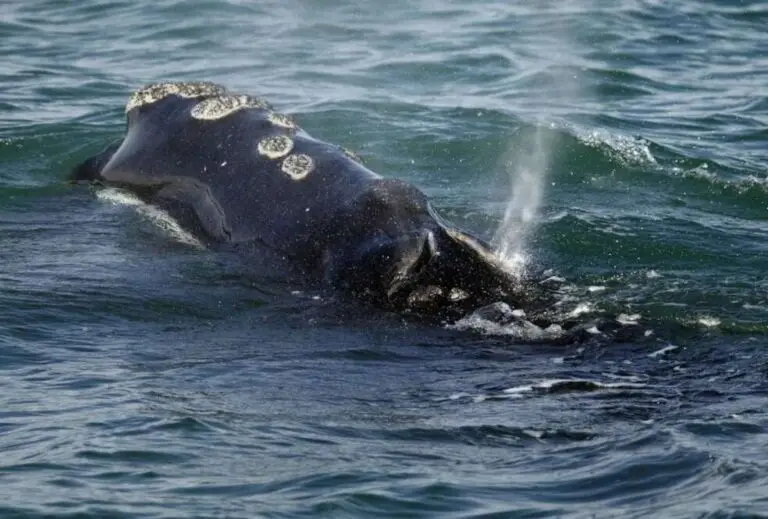Canada, often imagined as a sanctuary of wilderness and open skies, is undergoing a transformation less visible than city skylines or expanding farmland: the erosion of its natural diversity.
The Disappearing Fabric of Life
From the white tundra to the coastal shelves, wildlife numbers are sliding. Once-familiar species are growing scarcer, their absence noticed only after the silence settles in. The decline cuts across ecosystems — predators, prey, and everything in between. Where snow owls once thrived as northern icons, their numbers now serve as a cautionary marker of change.
Stress Points in the Landscape
Not all regions shoulder the same burden. Canada’s boreal forests, buffered by remoteness, hold on longer. But grasslands — carved up by agriculture and development — tell a harsher story: populations in these ecosystems have collapsed by more than half. The imbalance reveals how human presence reshapes nature’s equation, with expansion on one side and disappearance on the other.
Signals of a Larger Strain
This unraveling is not isolated. It ties into global currents, where species already listed as endangered — like the North Atlantic right whale and leatherback sea turtle — show steep declines in Canadian waters. These losses underscore the fragility of a system stretched thin, where every removed strand weakens the whole.
Pathways Forward
Yet decline is not destiny. Evidence suggests interventions can shift the trajectory. On Canada’s west coast, efforts to reduce underwater shipping noise have given whales a clearer channel for survival. Such steps hint at a broader possibility: conservation woven into industry, not treated as an afterthought.
A Decisive Decade
Canada has pledged to shield nearly a third of its land and sea by 2030, alongside restoring degraded landscapes. Meeting these commitments will require more than targets on paper — it will demand rethinking how the nation values the resources it depends on.
The question now is whether Canada chooses to remain a steward of its vast inheritance or watches it thin into memory. The answer will shape not only landscapes and coastlines, but the story future generations inherit.






